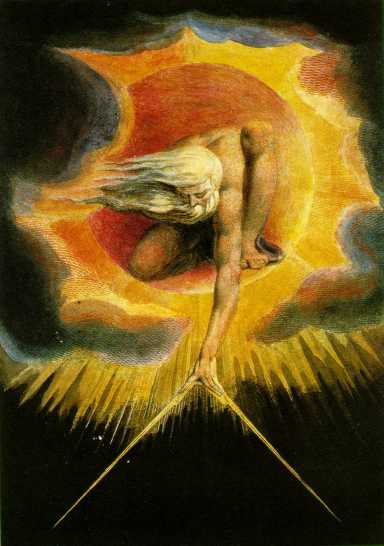|
|
|
Home Page
|

William Blake 1757-1827To see the world in a grain of sand,
|
|
Blake was born in London and apprenticed to an
engraver for seven years (1771-78). He illustrated the Bible, works by
Dante and Shakespeare, and his own poems. His figures are usually elongated
and heavily muscled. In his later years he attracted a group of followers,
including the painter Samuel Palmer, who called themselves the Ancients.
Henry Fuseli was another admirer. Blake's poem 'Jerusalem' 1820 was set
to music by Charles Parry, and is still often sung at weddings at St Mary's.
|
External Links
|
 William
Blake married Catherine Boucher at St Mary's in 1781. She was illiterate,
and their wedding certificate clearly shows a cross in place of her signature.
Blake was one of the most important figures of English Romanticism. His
lyrics, Songs of Innocence (1789) and Songs of Experience
(1794), express spiritual wisdom in radiant imagery and symbolism and are
often written with a childlike simplicity. In prophetic books like The
Marriage of Heaven and Hell (1790), America (1793), and Milton
(1804), he created a vast personal mythology. He illustrated his own works
with hand-coloured engravings.
William
Blake married Catherine Boucher at St Mary's in 1781. She was illiterate,
and their wedding certificate clearly shows a cross in place of her signature.
Blake was one of the most important figures of English Romanticism. His
lyrics, Songs of Innocence (1789) and Songs of Experience
(1794), express spiritual wisdom in radiant imagery and symbolism and are
often written with a childlike simplicity. In prophetic books like The
Marriage of Heaven and Hell (1790), America (1793), and Milton
(1804), he created a vast personal mythology. He illustrated his own works
with hand-coloured engravings.